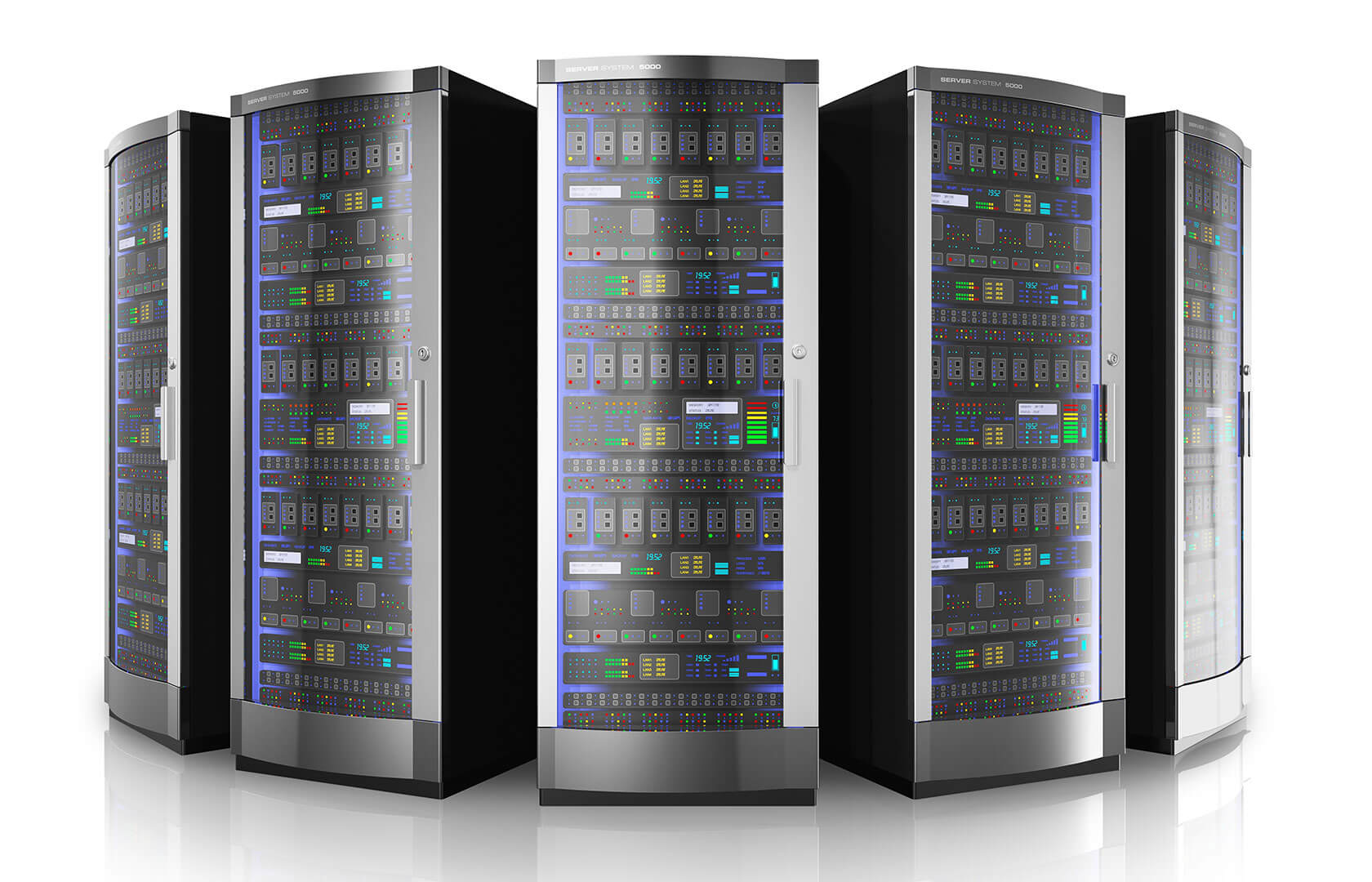
Disaster Recovery Solutions
In the past few years, the areas of business continuity and disaster recovery management have become one of the most important topics in the field of information technology, but also in the overall business operations of companies.
In addition to lost data, measurable and immeasurable business costs increase. Considering that business continuity and disaster recovery plans are not necessary for business, a significant number of companies have lost key data. The results are significant losses and interruption of business operations.
CS Computer Systems provides integrated information services that cover all market segments of information, system, and communication technologies, including the areas of business continuity and disaster recovery management.
Disaster recovery solutions fall into several categories that differ from each other in terms of the time required to restore the system. The final appearance and design of the system largely depends on the type of business, the size of the company or organization, and the number of employees.
We base the implementation of the mentioned solutions and the creation of a recovery plan (DRP) on virtualization technologies, disk systems and network technologies in which we fully adapt to the needs and goals of the client in terms of the target point and recovery time. (RPO – Recovery Point Objective, RTO – Recovery Time Objective)

Server and Operating Systems
In today’s time of large flow of information and its processing, it is important to have enough resources that are able to process this information in a high quality and quick manner, both for the purpose of meeting business needs and gaining a competitive advantage, which is of vital importance for every organization, regardless of size and the activity it is engaged in.
Tower servers are intended for smaller organizations, rack servers for medium and large ones, while blade servers are ideal for organizations that need a large number of servers. Due to the design of the blade server infrastructure, there are advantages over classic solutions, such as saving on space and electricity consumption.
We have significant experience in designing Windows and Linux platforms, which are the basic groups of operating systems implemented by our users. Thanks to numerous certified engineers and their experience in the field of servers and operating systems, numerous projects have been successfully implemented in accordance with the needs of our business users.
Our experience is a guarantee of superior design and responsible implementation of heterogeneous solutions using an innovative, progressive, and scalable approach.

Private, Public and Hybrid Cloud Solutions
The evolution of virtualization technologies has led to cloud technologies (cloud services). Essentially, cloud technologies make it possible to separate physical servers from the need for computer resources (processor resources, working memory, disk space, network). Users of cloud solutions get scalable computing resources at their disposal without having to take care of the details of physical servers, network design and data storage systems.
The basic models of cloud solution implementation are public, private and hybrid cloud. In the public model, the user rents computing resources from a publicly available service provider. The private implementation model implies the consumption of computing resources from one’s own data center. The hybrid implementation model is a mixture of public and private: part of the resources available to the user comes from private, and part from public cloud solutions.
The services offered by CS in the field of virtualization and cloud technologies are:
- Design and implementation of a private cloud solution
- Design and implementation of a public cloud solution
- Design and implementation of a hybrid cloud solution
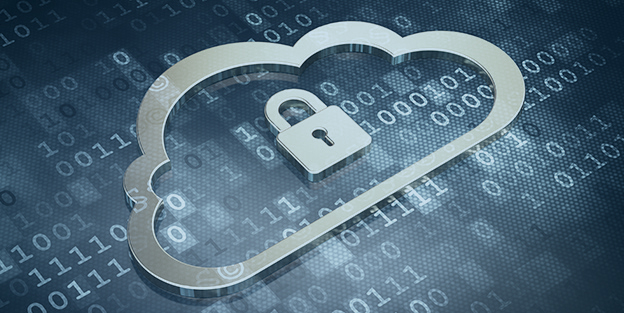
Secure Data Storage
Special emphasis has always been placed on the availability of information and data in everyday business operations. At the time of informatization of all segments of business, the loss of information is a serious problem, which can lead to the termination of an entity’s business.
In the field of data storage, CS Computer Systems has been providing design, implementation, and maintenance services for data storage systems of leading equipment and software manufacturers for many years.
We offer the following services in the domain of secure data storage:
- Design and implementation
- Design of rapid recovery systems (DR-Disaster Recovery)
- Preparation of documentation and implementation of business continuity
- Management and monitoring of data storage systems
- Support and consulting

IT Infrastructure Virtualization
Today, a modern data center is unthinkable without virtualization technologies. From basic server virtualization to data storage and network system virtualization, these are the technologies that the data center of the future is based on.
The oldest and most mature among virtualization technologies, server virtualization, enables the execution of multiple operating systems on one physical server, which means that it is possible to consolidate multiple physical servers onto one server. By consolidating servers, we save on hardware purchase and its maintenance. Also, significant savings are achieved due to the reduced consumption of electricity for powering and cooling the server.
CS has many years of experience in the field of IT infrastructure virtualization and provides the following services:
- Design and implementation of virtual infrastructure
- Virtualization of physical servers and consolidation into a virtual environment
- Design and implementation of DR solutions for the virtual environment
- Implementation of anti-virus and anti-malware protection systems in a virtual environment
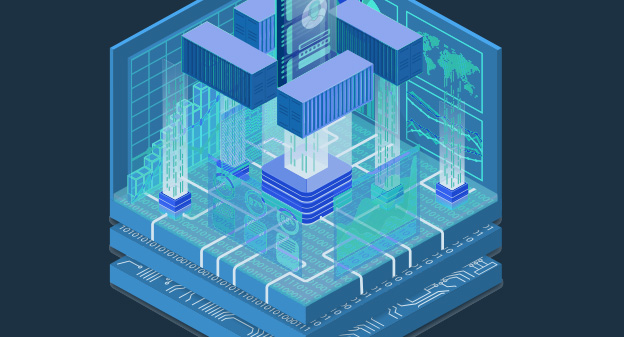
Containerization
Containerization is a software implementation process that bundles an application’s code with all the files and libraries it needs to run on any infrastructure. Traditionally, to run any application on your computer, you had to install the version that matched your machine’s operating system. For example, you needed to install the Windows version of a software package on a Windows machine. However, with containerization, you can create a single software package, or container, that runs on all types of devices and operating systems. Applications are packaged with all necessary subsystems in a unique common container.
Benefits of containerization:
- Portability – software developers use containerization to deploy applications in multiple environments without rewriting the program code.
- Scalability – containers are lightweight software components that run efficiently. For example, a virtual machine can launch a containerized application faster because it doesn’t need to boot an operating system.
- Agility – containerized applications run in isolated computing environments. Software developers can troubleshoot and change the application code without interfering with the operating system, hardware, or other systems, thus shortening the development cycle.
CS has rich experience in the implementation and integration of container services, based on the Kubernetes/Openshift platform, and orchestration through Gitlab/Jenkins/Ansible orchestration tools.

Apache Kafka
Apache Kafka is an integrated platform for real-time data processing, optimized for high throughput and low latency, and is often used as a replacement for traditional MQB (Message Queue Broker) products.
Kafka offers:
- System of publishing and subscribing to the stream of records
- Permanent, sequential storage of records
- Records processing in real time
CS offers Apache Kafka implementation and integration services according to customer requirements.

IT Infrastructure Supervision and Management
In order to ensure uninterrupted and reliable operation of the entire IT infrastructure, it is essential to have insight into the key operating parameters of devices within the system and the systems themselves at all times. It is also important, if a malfunction or error occurs, to find out about it in the shortest possible time so that the reaction would follow as soon as possible and reduce the total time of unavailability, as well as reduce the probability of further damage to the infrastructure. This is exactly what makes it possible to use the IT infrastructure management and monitoring system.
Using an IT infrastructure monitoring and management system allows administrators:
- Constant insight into key system parameters and devices in the system
- Timely information about the occurrence of an error with the help of electronic mail and many other notification channels
- Management of configuration files of network devices
- Analysis and correlation of events related to IT system security
- Management of administrator access to network devices
CS offers the implementation and integration of infrastructure monitoring and management systems in accordance with modern requirements in the industry, while enabling users to realize more stable IT systems. In doing so, tools from the world’s leading IT manufacturers such as ManageEngine, Paessler or Cisco are used, as well as open source solutions (Zenoss, Zabbix, Oxidized, etc.) that enable maximum modification and adaptability to user requirements.
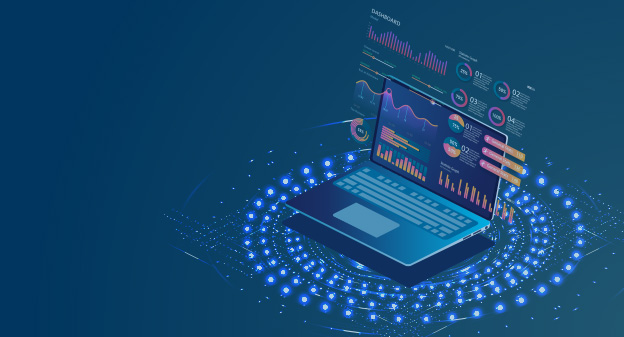
Data Collection, Processing, and Analysis Systems (Elastic)
As IT advances, so does the size of the systems needed for a specific purpose. From operating systems to various types of applications written in different programming languages. Most systems have their own way and format of data storage, which in large systems cannot be monitored without a central place for storage and processing.
CS offers the implementation and integration of data collection and processing systems in accordance with modern requirements in the industry. At the same time, it enables users to implement more transparent and safer systems. Some of the technologies include QRadar, Graylog, Fluentd, and probably the most famous, ELK stack.
These are systems that allow the receipt of data from any source, in any format, and give various ways to standardize it according to your needs.
A centralized place for data collection, processing and analysis provides:
- One place to view the entire system
- Easy data retention time management
- Additional analytics options
- Possibility of detailed forensic examinations
- Customized notifications depending on the data
- System scalability
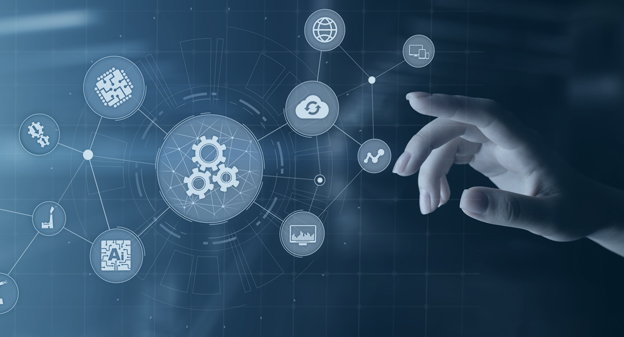
Automation
In today’s era, where time is a resource that is hard to find, people are increasingly turning to system automation for the sake of the autonomy of the work done. Thus, the use of automation provides us with numerous benefits, such as:
- Increase of efficiency and reliability
- Elimination of repetitive processes
- Advanced task orchestration:
- Continuous integration
- Deployment of updates without system interruption
- System installation and configuration
- Program implementation
CS Computer Systems has extensive experience implementing automated solutions for its clients for various tasks, such as:
- Data collection and processing, and sending them in the form of various reports
- Autonomy in terms of VM maintenance (creation, installation, migration, deletion)
- Various settings of operating systems (Linux, Unix, Windows) for security purposes
Our experience allows us a high level of automation and autonomy, where we use Ansible, AWX, Red Hat Ansible Automation Platform.
